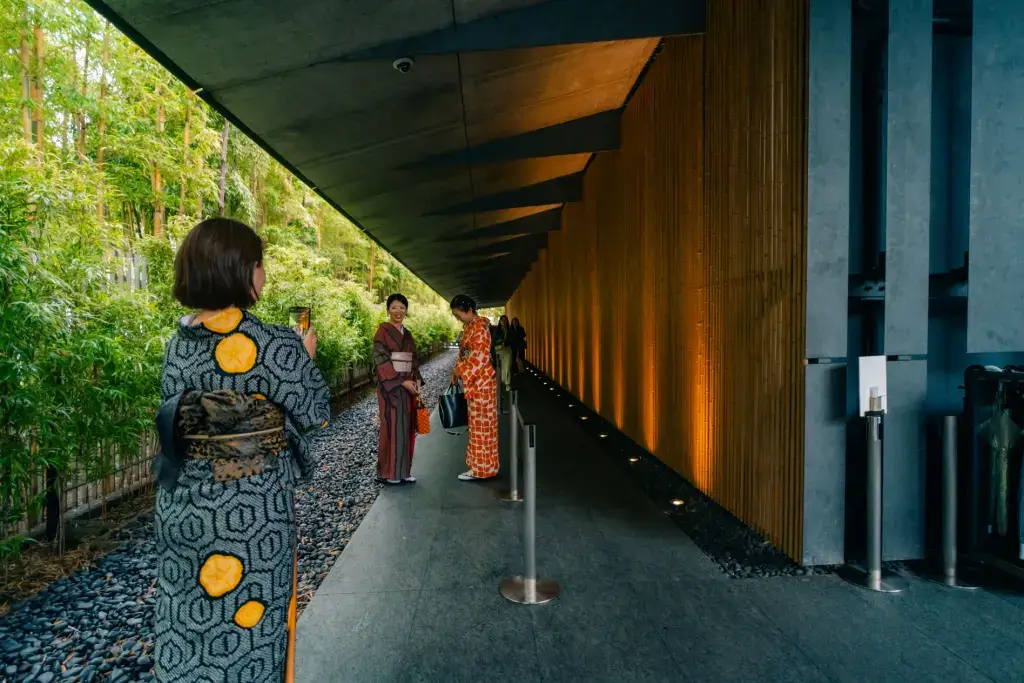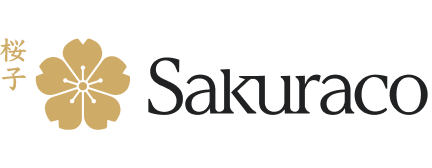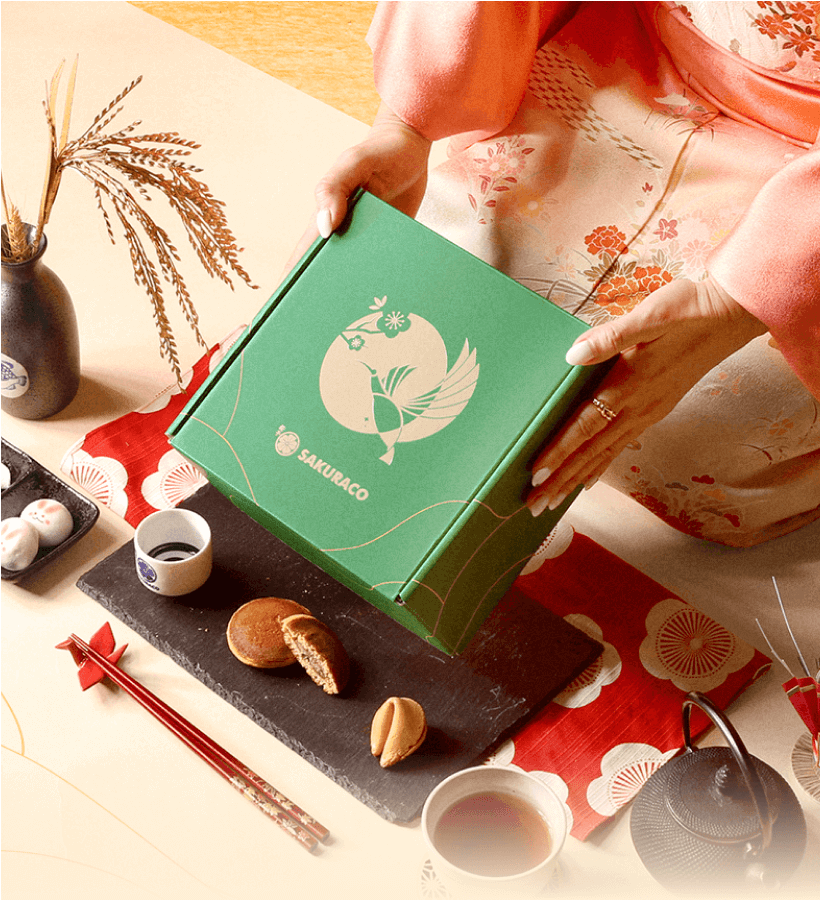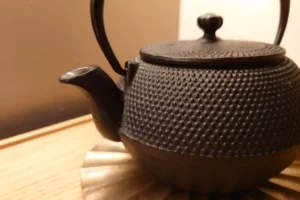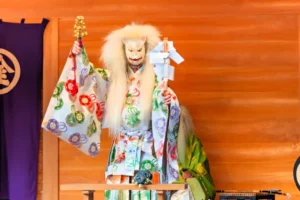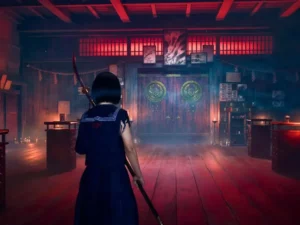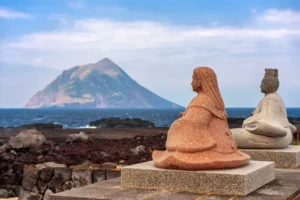The Nezu Museum in Tokyo is home to one of Japan’s most varied art exhibits. Its mix of pre-modern and modern treasures is appreciated for its sheer number of pieces and staggering variety. But Nezu is more than just a museum—it is an institution. Its very existence is rooted in a passion for preserving cultural heritage. One man carefully curated the pieces, then rescued and preserved them for his family.
Even today, the same family has cared for it for generations. Its unique blend of art, architecture, traditional craftsmanship, and contemporary design is nestled in a tranquil setting that provides a peaceful retreat from urban life. Today, we’ll learn about the museum’s history, its remarkable contents, and the serene atmosphere that enhances its allure.
Table of Contents
ToggleThe Origins of the Nezu Museum
Kaichiro Nezu was a prominent businessman and the president of Tobu Railway in the early 19th century. His lifelong obsession with Japanese and East Asian art created a varied collection that still amazes more than a century later. His vision was to share these treasures with the public. He could not do so, but his wish was fulfilled after his death by his son, Kaichiro Jr. He founded the museum in 1941 on the site of the family’s former residence. Unfortunately, this original structure was destroyed during World War II.
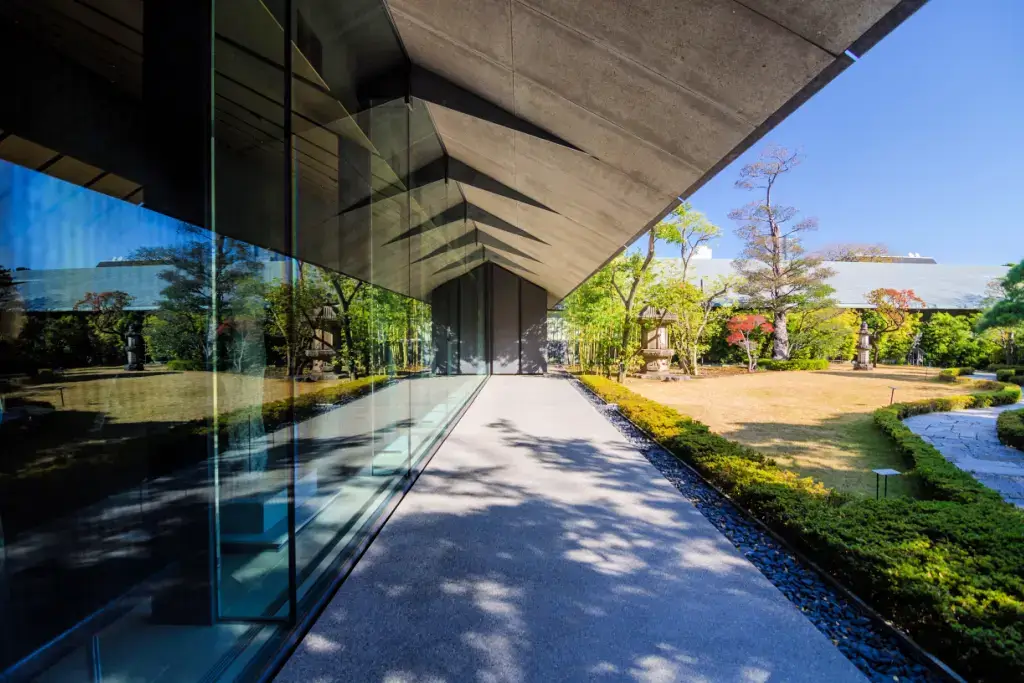
A Treasure Trove of Art
Fortunately, Kaichiro’s collection was safely evacuated before the building was destroyed. His varied taste created a stunning collection of over 7,000 pieces. These include seven National Treasures, 88 important cultural properties, and 94 Important Art Objects. Examples include calligraphy, ceramics, lacquerware, textiles, Edo-period paintings, and ancient bronzes.
Highlights include Ogata Korin’s Irises, a pair of folding screens displayed annually during the iris season; ancient bronzes like the double-ram Zun from the Shang dynasty (2000 BC); and Buddhist sculptures from India’s Kushan dynasty. There are also over 1,000 Japanese sword fittings, one of Japan’s largest groups of such items.
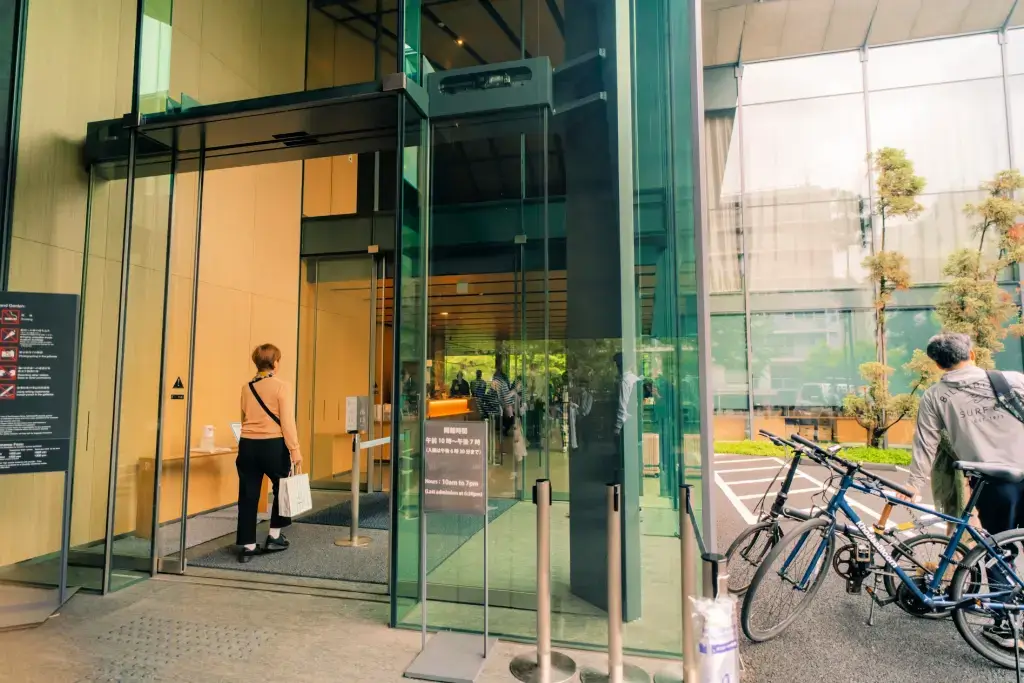
English explanations accompany many of the items in the museum’s two floors of exhibits, making the art more accessible to international visitors. Moreover, seven annual thematic exhibitions offer fresh perspectives on the building’s holdings. One of the most popular is a special display of Korin’s Irises from late May to June, aligned with the irises blooms in the seasonal garden. A basement lecture hall allows for a more educational experience. In addition, the souvenir shop has unique postcards and crafted goods on sale to commemorate visits.
Are you looking for great snacks after enjoying a day at the museum? Check out Sakuraco! Sakuraco delivers traditional Japanese snacks, teas, and sweets from local Japanese makers right to your door every month so you can experience the taste and tradition of Japan in your own home!
Kengo Kuma’s Architectural Elegance
The Nezu Museum’s current building was redesigned in 2009 by renowned architect Kengo Kuma. He aimed to preserve the museum’s legacy, embody Japan’s aesthetic principles, and incorporate modern design. The result also combines open spaces and glass walls with a spacious layout. Kaichiro Nezu was an enthusiast for the tea ceremony (chanoyu).
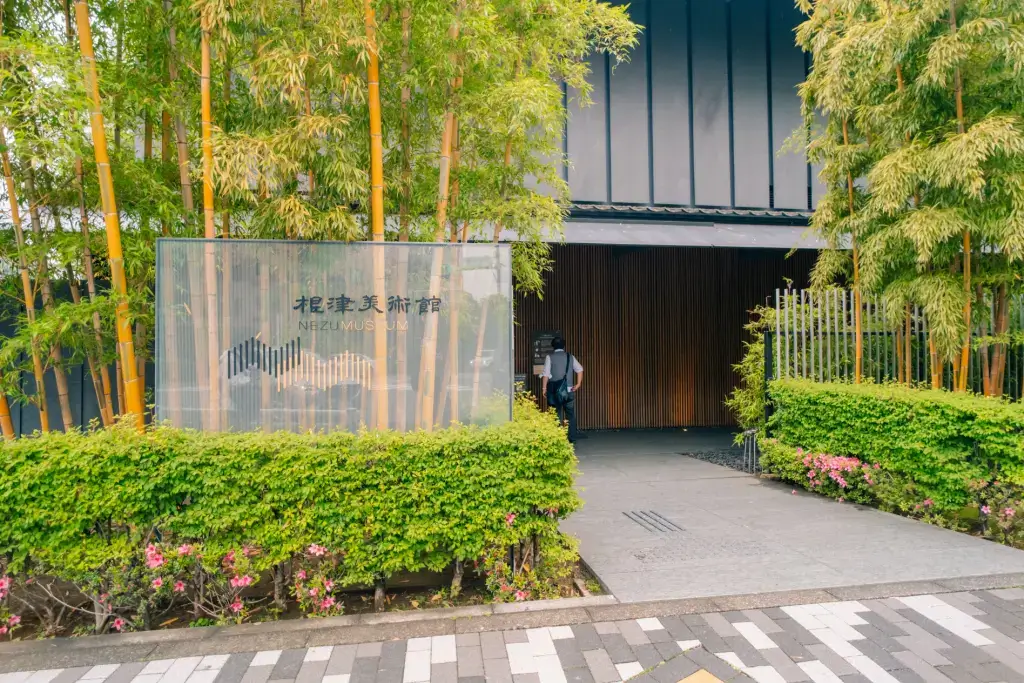
Moreover, Kuma honoured Kaichiro’s enthusiasm for this art form by drawing inspiration from traditional tea house architecture (sukiya-zukuri). The layout generally emphasizes harmony with nature: The entrance is lined with bamboo to create a zen atmosphere. In addition, natural materials like cypress columns and black-tiled roofs connect the interior to the surrounding garden.
Shinzain Yukoku Japanese Garden
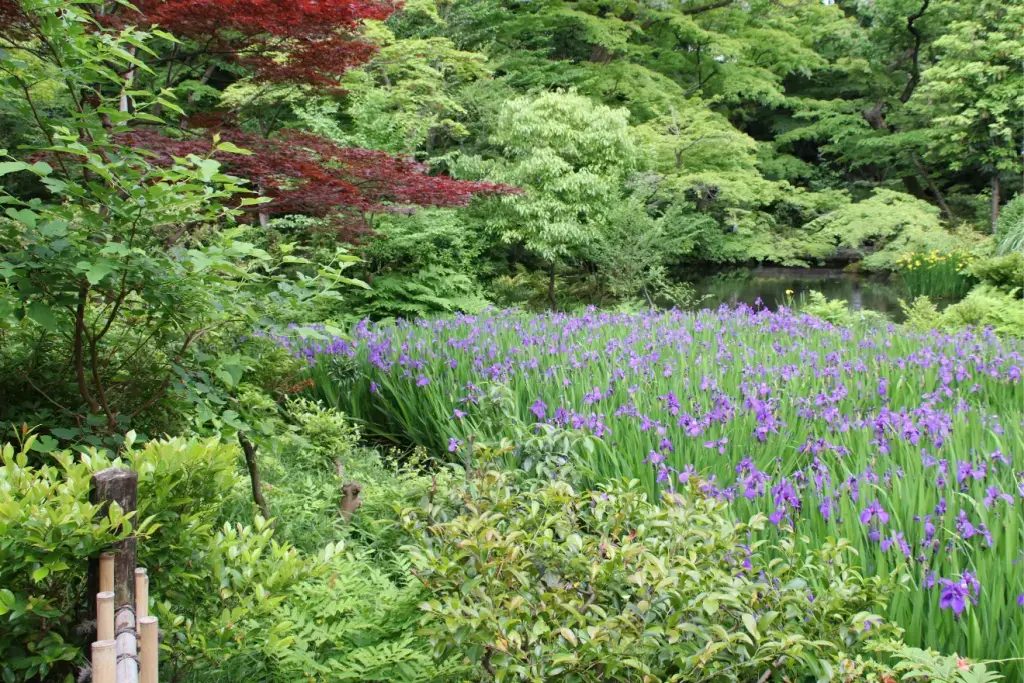
Despite damage during World War II, the garden was meticulously restored. Its winding paths and rolling hills embody the shinzan-yukoku style inspired by tall mountains and deep valleys. Four traditional tea houses can be found among the ponds, stone lanterns, and water features. Not to mention, the seasonal flora adds to the beauty of the landscaping. Overall, the gardener’s family has maintained the space for three generations.
NEZUCAFÉ
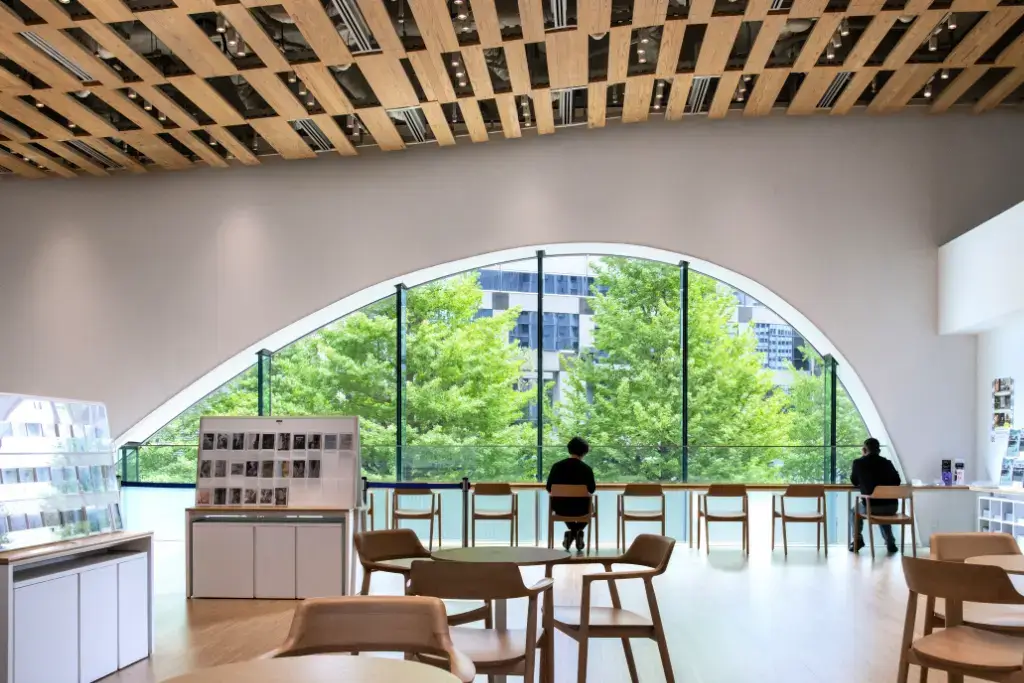
NEZUCAFÉ is located within the garden and is included in the museum’s 1,300 yen admission fee. The cafe also overlooks the well-tended landscape, and its glass walls expertly frame the scenery. For more casual visitors, it serves green tea (macha) and provides a casual setting to appreciate the elements of chanoyu. For those seeking a deeper experience, NEZUCAFÉ hosts tea ceremonies, again honoring Nezu Kaichiro’s passion for tea ceremonies. It also hosts lectures to broaden visitors’ understanding of Japanese culture.
Why is the Nezu Museum important?
The Nezu Museum is important because it houses centuries of craftsmanship. It successfully preserves and displays a uniquely large and varied collection of Japanese and Asian artwork. Not to mention, it managed to do so despite losing its premises during wartime. The building was restored and constructed as a tribute to the man who dedicated his life to collecting works to share with others. The Nezu Museum has achieved all this to the point of being a work of art. In addition, it is a monument to Kaichiro Nezu’s dedication to cultural preservation. The building and its contents create a visiting experience, making it a cultural landmark in Tokyo.
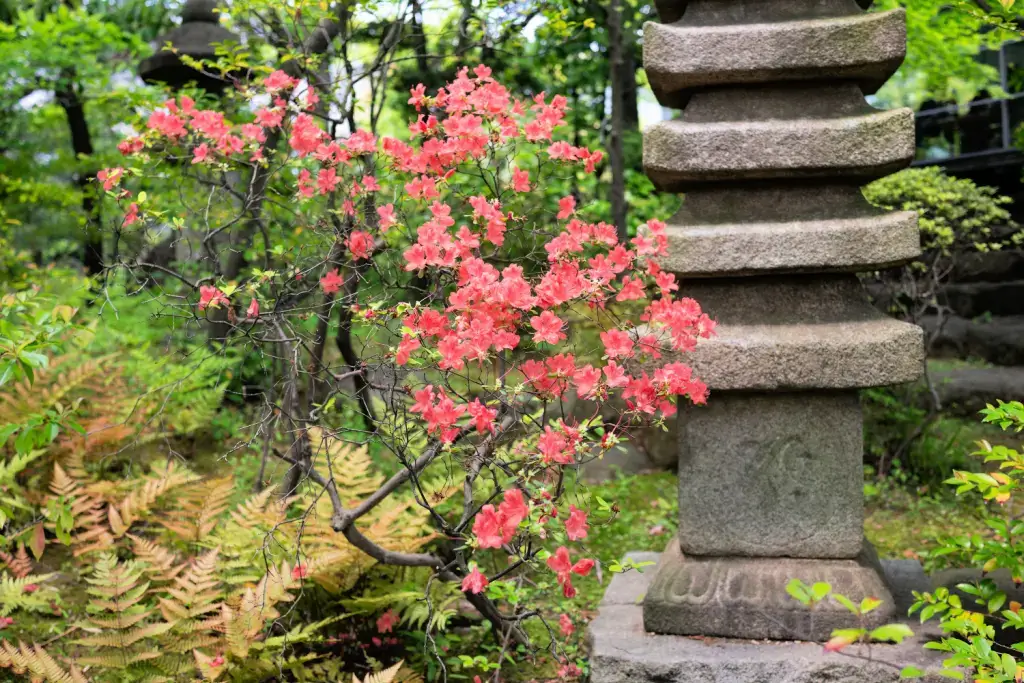
The museum’s convenient location near Roppongi and Harajuku makes it a great addition to a day trip. To visit the Nezu museum, head to Omotesando Station, accessible via the Ginza, Hanzomon, or Chiyoda lines. It is less than a ten-minute walk from Exit A5 of Omotesando Station, near the city’s vibrant shopping district. Have you visited the Nezu Museum? What are your thoughts on its layout and design? Which pieces did you find most interesting? Share your experiences in the comments below!


